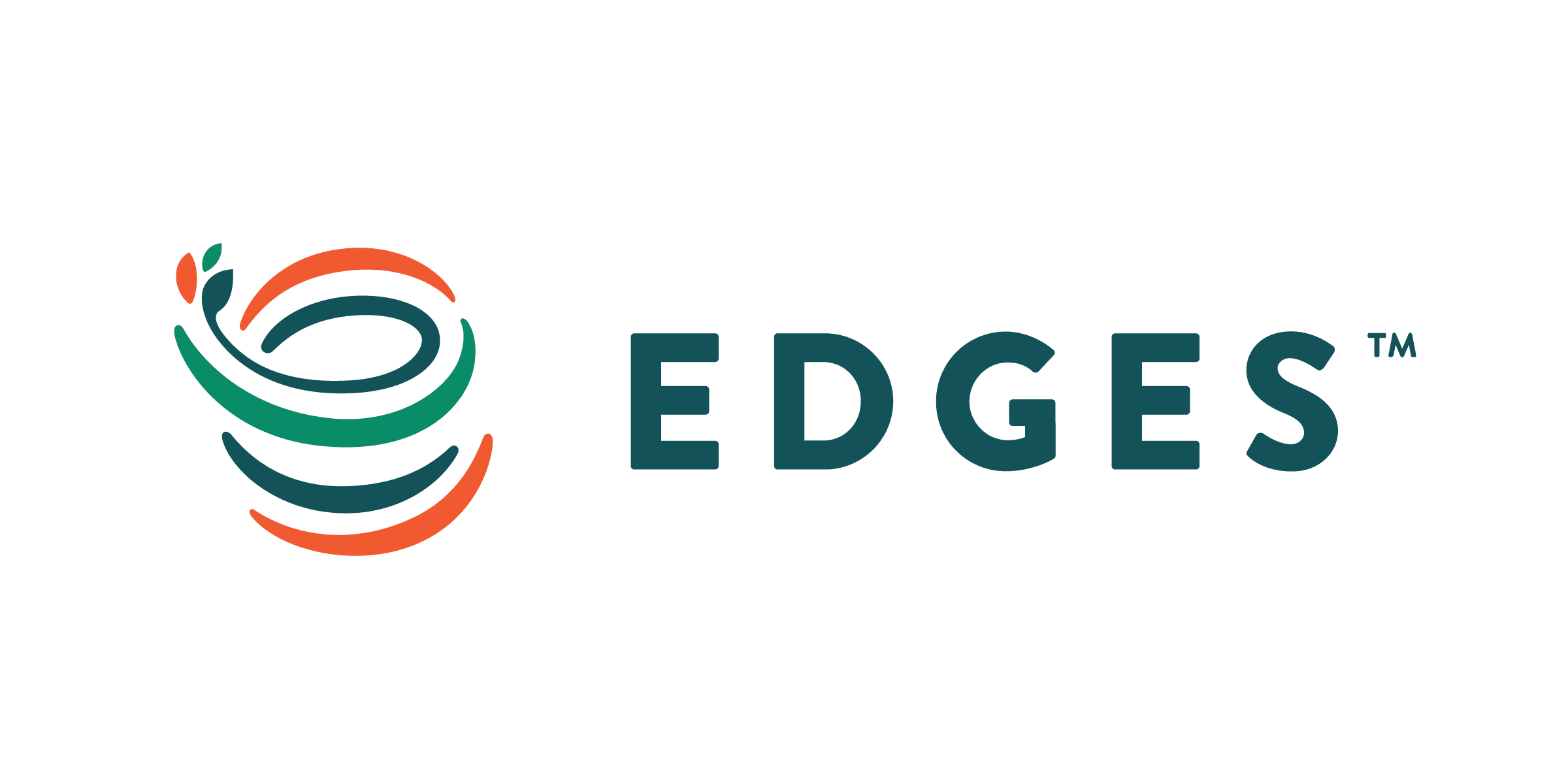Creating a True Roadmap for Growth
The organizational mission and vision provide strategic direction within a company. They help the employee know the purpose of its existence and core values. They help set priorities, allocate resources, and ensure that everyone is working towards common goals and objectives. They provide the road map for the organization.
While mission and vision are often terms that are interchanged, they actually refer to two separate aspects of the company. Both relate to an organization’s purpose and are typically communicated in some written form. They answer questions about who a company is, what they value, and where they are going. Let’s take a closer look at the differences between the organizational mission and the organizational vision and how they are an integral part of a business’s strategic plan.
What is a Mission Statement?
An organizational mission statement defines the business, products or services, and customers. It provides detailed information about what the organization does, how it does it, and who it does it for. The mission statement is short-term and focuses on how it aims to serve its key stakeholders. It is the tactical steps it wants to take to achieve its objectives. Mission statements are usually longer than vision statements. The mission statement of a company should be used to shape the culture of an organization.
What is a Vision Statement?
The organizational vision statement focuses on the goals and aspirations of the company. It describes how the future will look if the organization achieves its mission. Vision statements are timeless. Even when a business changes its strategy, the vision will often stay the same. When the vision statement is realistic, credible, and attractive, it engages and energizes committed employees. It communicates the purpose of the organization to stakeholders and inspires them to achieve that purpose. The vision statement establishes a standard for excellence. It connects the present with the future of the company. Vision statements are typically brief.
While the organizational mission statement is focused on the more tactical aspects of the company and provides a clear and effective guide for making decisions, the vision statement is focused on the future of the organization. It ensures that all decisions made are properly aligned with what it hopes to achieve. The vision is the direction in which the company aims to go. The mission and vision work together to create the organizational strategy for the business.

The Critical Roles of the Mission and Vision Statements
- They communicate the purpose of the organization to stakeholders.
- They inform strategy development within the organization.
- They develop measurable goals and objectives which can be used to gauge the success of the organization’s strategy.
- They help properly align the resources of an organization toward achieving a successful future.
- They give all stakeholders the right mindset to grow the business.
- They provide a focal point that aligns everyone within the organization. This helps to increase efficiency and productivity in the organization.
- They create a target for strategy development.
The Development of a Roadmap
The term “Strategic Plan” can have different meanings. Leaders within many organizations think one of two ways: either they don’t need a Strategic Plan because they are focused on the near term, or they think the near-term plan is their Strategic Plan. Neither is true. Since there may be confusion, from this point we will use the term “Roadmap.” When an organization has a true Roadmap for growth, its leaders know why they exist (Mission/Purpose) and they have a clear view of the desired future state (Vision). Their future state (Vision) should clearly outline the financial goals for growth and the initiatives that must be in place to achieve and sustain the growth. Mission and Vision are the destinations for the Roadmap. If you plan a trip, you decide where you want to go. You have a reason for going there. You know what you want to do. You have a budget. All of these things are necessary when crafting your organization’s Roadmap.
As important as the development of a Roadmap is the engagement of the organization’s leaders in making the plan come to life every day, throughout the organization. Think about the importance of skills in the driver’s seat. Leaders must be drivers. Such action requires a leader to plan how work can support goals, set expectations, empower others to meet them, and develop them to be successful. This engagement will lead to ownership throughout the organization. Think about the enthusiasm you build with others when you plan a vacation. Leaders must be enthusiasts. Enthusiasts create vision. The organization’s leaders need to be disciplined in the way they think in order to continually ensure that all actions and resources are, in reality, producing the desired goals.
What is a Roadmap? … It is a detailed plan to guide progress toward a set of goals. Inherent in this definition is that the Roadmap has multiple connected moving parts within it. They drive the organization’s future purpose, financial goals, and activities toward those goals and purposes. While the term Roadmap encompasses all of the steps underneath, it is the top level within an organization’s goals achievement plan, defining Purpose (Mission) and Future (Vision), which includes the financial goals and the means to achieve them.
Growing an organization is everyone’s dream for their company, but it takes commitment, forethought, and agility from your entire team. If done too quickly or without good planning, the revenue may grow but will not be sustainably profitable over the longer term. EDGES™ P4™ Formula relies heavily on the intersection of talent growth with the strategies they manage, but cannot be effective without cross-functional team communication, collaboration, and productivity.
EDGES™ has 21 years of experience growing companies in partnership with the organization’s leadership team members by building on their strengths and maximizing their potential. Bring your leadership team together to plan for the organization’s growth journey. Connect the work to your current Mission/Vision and Values, or start fresh to define the key components within your culture.
Interested in learning more on this subject? Download our white paper on Developing Talent.

